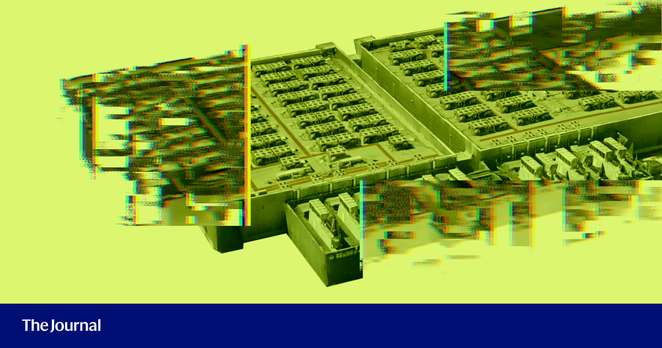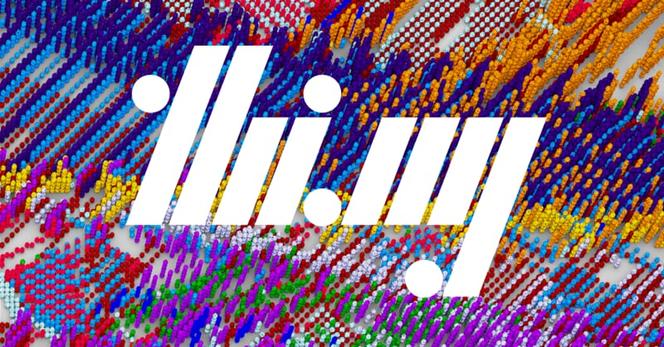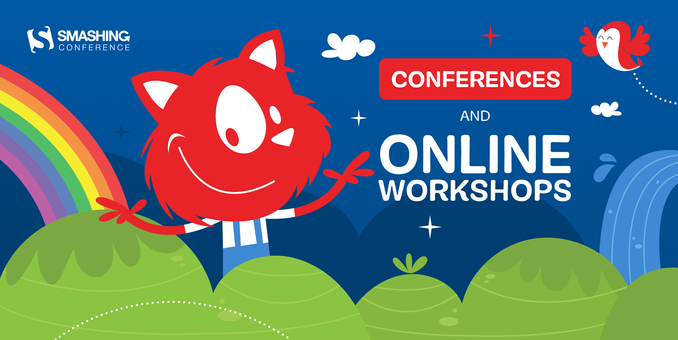My #Arctic sea-ice thickness and volume data visualizations were updated through May 2025: https://zacklabe.com/arctic-sea-ice-volumethickness/

My #Arctic sea-ice thickness and volume data visualizations were updated through May 2025: https://zacklabe.com/arctic-sea-ice-volumethickness/

#TidyTuesday Libros en español del Proyecto Gutenberg. @gutenberg_org
Script: https://vhgauto.github.io/tidytuesday/2025/semana_22.html
#Arctic climate rankings are in for May 2025: https://zacklabe.com/archive-2025/. Low ice volume was the most notable statistic here.

FDA vaccine target LP.8.1, dominant since March, plateaued in April. June sees Nimbus NB.1.8.1, scion of "razor-blade throat" XDV, push LP.8.1 out of majority.
#CDC adds NB.1.8.1 only in latest, late-published public dataset. "Software error" that heralded data delay remains unresolved. Hatching for "less reliable" data reflects "low numbers of sequences being reported".
Raj's dashboard, updated Sunday, shows Nimbus diversifying in May.
❖ #ThisIsOurPolio #Covid #Covid19 #SARS2 #variants #CovidIsNotOver #CovidIsAirborne #dataviz #datavis
If you want to get useful work done with R—like making visualizations, automating reports, or building simple websites—this book shows you how.
No heavy math. No academic detours. Just clear, hands-on guidance for using R with tools like ggplot2, Quarto, and the tidyverse.
Oooh! The Betty White stamps arrived!
If you're interested in signing up for my #StickersAndStamps project, and would like me to use one of these Betty White stamps on your envelope, mention the Betty White stamps in the "Questions and Comments" section of the sign up form: https://forms.gle/pMF8w1WkZXoostLM8

My monthly #Arctic temperature graphics were just updated for May 2025. No new records. See: https://zacklabe.com/arctic-temperatures/

My current approach to dataviz and infographics:
1. What data am I using?
2. What am I trying to convey?
3. What is the story, that I'm telling?
4. How do I present the data in a way that fits the story and vice versa?
5. How do I make it aesthetically pleasing / interesting?
6. Does the aesthetic match the topic?
7. Are there aspects / elements in my design that are redundant / unnecessary?
8. Is the final result correct, visually appealing and understandable? If no, what is missing?
Another four hundred lines for #AnnoPlot #dataviz project since last round of work in March:
https://hcommons.social/@beadsland/114475406737012154
Work in May/early June included:
• tweaks to this pie chart, chirp logging, annoplot legend classes and newspaper columns orphan control;
• tweaks to variants #datavis: tree constructor process, alt-text pruning internals, legend subclass, tree constructor methods, name collisions and recombinant lineage assignments, family groupings and legend headers, variant mocking, title overhang, tile embossing, growth calculation, and captions, all including significant refactoring;
• migration of bug to legend footer, and build out of prioritized legend footnotes for prominent lineages and recombinants, including recombinant chains, with calculation and approximation of historical peaks, and pruning for space constraints of both alt-text and footer proper.
Hi #dataviz people
You have given me great advice before so here's another question
Does a funnel chart like this always *have to* mean that each smaller set is a subset of the set above, like Russian nesting dolls?
Because that is not the case for all the sets here. In this case (counting from the top), set 2 is indeed a subset of set 1, and sets 3, 4, 5, 6, 7, 8 are all subsets of set 2, but after that the relationship breaks down. Set 4 is not a subset of set 3, etc. Does that make the funnel chart format a misleading choice?
(Please ignore the weird alignment of the labels)
"Eventually, I stopped responding to my body. I was responding instead to a dashboard." — @Daojoan
This is a great point and very much translates to so many other parts of life/work where people stop listening to their "body" (or to their org/product/offering), outsourcing/numbing/dumbing down their decision making based on dashboards of collected metrics and then changing their behaviors on auto-pilot to improve said metrics — without ever asking themselves if the data collected actually represents answers to the right (or even important) questions...
Metrics always invite comparison & competition — on a global scale — often without considering our own subjective contexts/needs/limits/aims...
Does the number of copilot prompts per day on a CTO dashboard indicate a highly productive developer or does a big fat zero merely show a different approach to problem solving?
Does the lack of constant updates to a FLOSS project mean it's become neglected/unusable or does it simply indicate it reached a level of stability?
Likewise, does my product/app need constant UI changes/updates to "streamline" user experience (often without even consulting users) based on some "goal" metrics?
Am I seen as an unproductive FLOSS developer if my public commit log doesn't show daily updates? Do gaps indicate laziness, illness, deep thinking or work on other projects? Like gaps in a CV, will these gaps of activity data hinder future employment chances or would I even want to work with orgs who select on this criteria?
Is a hike only good/better because it exceeds X kilometers or Y elevation meters? How does one measure the stunning views or the quality of the company which shared that experience?

it’s a good thing I have some empty walls, cuz these music maps are my jam.

Excellent interactive piece on the physicality of data centres and their location in and around Dublin. Interesting conclusions and really nice visuals https://investigates.thejournal.ie/data-centres #dataviz #maps #datajournalism #ddj

#Dataviz books everyone should read - a community sourced #charticle https://informationisbeautiful.net/visualizations/dataviz-books/ Created in association with @DataVizSociety #iibwab
#ReleaseTuesday — New version of https://thi.ng/tsne with ~15-20% better performance[1] due to avoiding repeated internal allocations and skipping gradient updates where unnecessary...
[1] Benchmarked with multiple datasets of ~750 items, each with 192 dimensions (now ~165ms @ MBA M1, 2020)...

Simple waffle chart for #TidyTuesday this week where we're looking at Project Gutenberg data!
Data wrangling with #RStats
Waffle chart / pictogram built with D3
Icons from Font Awesome and re-coloured with D3 magic
Code: https://github.com/nrennie/tidytuesday/tree/main/2025/2025-06-03
There’s space weather in the skies tonight and tomorrow, with the northern lights / aurora borealis likely coming into view for a good chunk of the U.S., which means another chance to unearth this excellent 2023 chart we did on the topic (from this story https://www.nbcnews.com/data-graphics/northern-lights-forecast-diagram-graphic-2024-rcna99053 ) #dataViz
The last 100 bills in the US #government, analyzed! #dataviz #civictech
Want to learn about dataviz accessibility? Wondering how to make them screen reader accessible? Which colors to pick? How to test your work? Or which guidelines to follow?
I’m hosting a workshop series with @smashingconf on dataviz accessibility this autumn
Spread over 5 sessions, we’ll be covering dataviz accessibility fundamentals, and dive into the world of testing, design, development, and documentation.
https://smashingconf.com/online-workshops/workshops/sarah-l-fossheim-practical-accessibility
